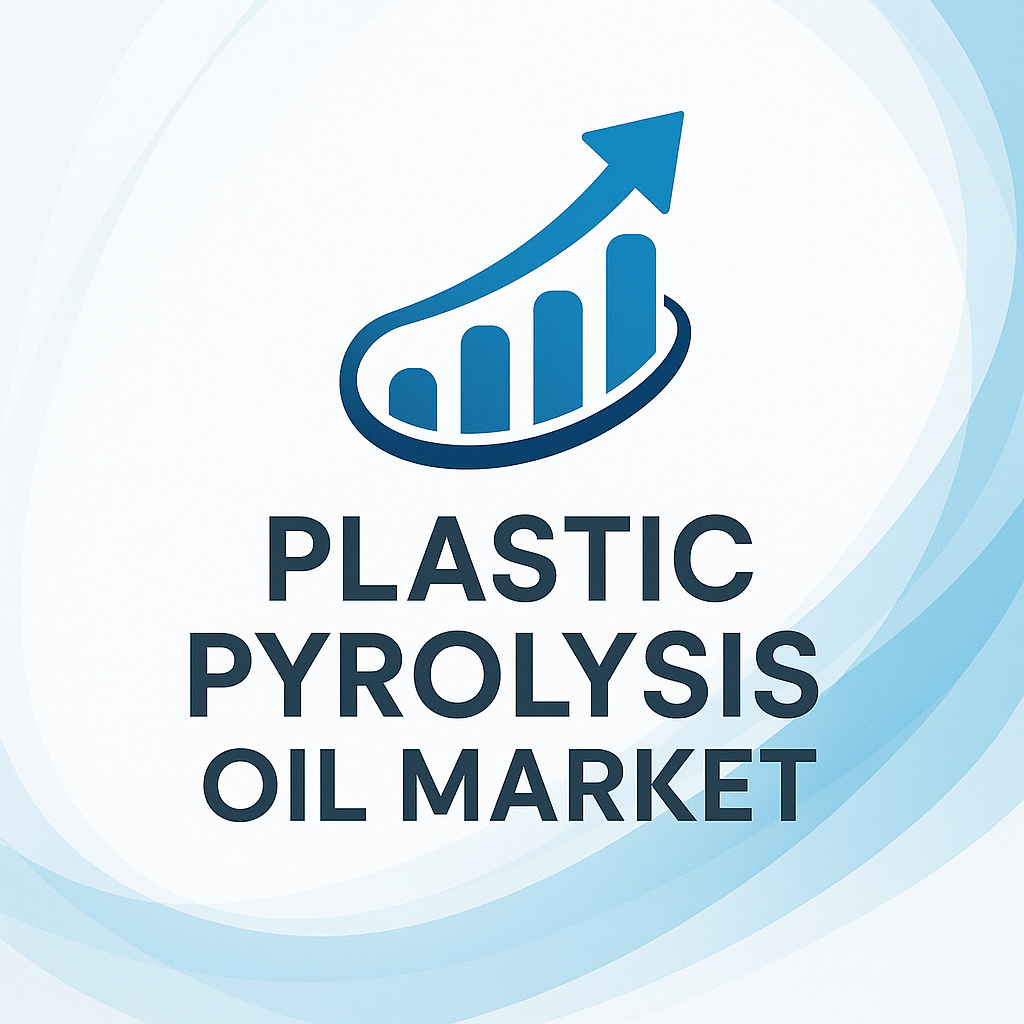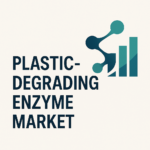Plastic Pyrolysis Oil Market Overview
The global market for plastic‑derived pyrolysis oil is still comparatively young, yet it has moved beyond the demonstration phase and is now scaling up in multiple regions. Aggregate estimates from several 2024 market trackers place the sector’s current annual revenue between USD 0.7 billion and USD 1.7 billion, converging around USD 0.9 billion as a mid‑range figure. From this base the market is forecast to expand at a compound annual growth rate of roughly 12 – 14 percent over the next decade, implying revenues of about USD 1.7 billion by 2030 and close to USD 3 billion by 2035. Growth is propelled by four mutually reinforcing forces:
-
Policy pressure for circularity. Governments are tightening recycled‑content mandates and landfill restrictions, making advanced recycling routes such as pyrolysis economically attractive.
-
Brand‑owner demand. Consumer‑facing industries are seeking chemically recycled feedstocks that can be certified as “drop‑in” substitutes for fossil naphtha, helping them hit scope‑3 emissions and recycled‑content targets.
-
Technological maturation. Continuous‑feed reactors, smarter process control, and catalytic enhancement have improved yields, reduced char formation, and lowered energy intensity, lifting plant economics.
-
Investment momentum. Private equity, sovereign wealth funds, and infrastructure investors have funnelled capital into both stand‑alone pyrolyzers and integrated refinery‑cracker complexes, accelerating capacity additions.
Despite these tailwinds the sector faces challenges: heterogeneous feedstock streams, evolving regulatory definitions of “recycling,” and competition from mechanical recyclers for high‑quality polyolefin bales. Nevertheless, consensus outlooks point to robust double‑digit growth as technologies de‑risk and policy frameworks stabilise.
Plastic Pyrolysis Oil Market Segmentation
1 | Feedstock Type
The characteristics of incoming waste plastic strongly influence both process parameters and final oil quality, making feedstock a critical segmentation axis. Mixed polyolefin streams—typically dominated by post‑consumer PE and PP films, rigid packaging, and contaminated household waste—represent the largest share today because they are plentiful and inexpensive. Conversion yields are moderate, and the resulting oil generally requires hydrotreating to remove chlorine, oxygenates, and nitrogen species. Single‑polymer streams (e.g., PE‑only or PP‑only) are smaller in volume but highly prized; their narrower molecular‑weight distribution and low halogen content enable simpler upgrading and higher naphtha replacement ratios in steam crackers. Polystyrene‑rich fractions occupy a niche segment focused on producing styrene monomer; pyrolysis here operates at lower temperatures, delivering high selectivity but demanding diligent brominated‑flame‑retardant removal. Finally, multilayer and composite packaging—which traditional mechanical recyclers reject—forms an emerging subsegment. Although such laminates contain adhesives and metallised films that can poison catalysts, advanced pre‑sorting and in‑line scrubbing systems are opening commercial pathways. Across all categories, improved optical sorting, AI‑enabled robotics, and decentralised preprocessing hubs are expected to shift feedstock availability from opportunistic to contract‑based supply over the next five years, stabilising margins for pyrolysis operators.
2 | Application / End Use
Four principal application clusters shape demand. Transportation fuels—diesel, marine gas oil, and, in some pilot projects, sustainable aviation fuel precursors—currently consume the majority of pyrolysis oil volumes because refinery hydrotreaters can flexibly co‑process the material with vacuum gas oil. Blending limits are gradually rising as desulphurisation and nitrogen‑removal steps improve. Olefins and aromatics feedstock is the fastest‑growing outlet: crackers in Europe and East Asia are trialling up to 20 percent recycled‑content feeds, incentivised by mass‑balance certification schemes that award recycled credits to polymer producers. Industrial heat & power generation remains a regional play where taxation on residual fuel oil is low—many small plants sell an “as produced” heavy fraction to cement kilns or district‑heating networks. Lastly, a small but high‑margin segment targets specialty outputs such as waxes, carbon black alternatives, and low‑sulphur marine lubricant stocks; bespoke upgrading trains and catalytic dewaxing allow operators to price these products at a premium. Over the forecast horizon the fuels share is expected to contract modestly as polymer‑grade feedstock and chemical‑building‑block demand surges, reflecting downstream commitments to circular plastics and looming EU recycled‑content quotas for packaging.
3 | Technology / Reactor Design
Commercial activity is consolidating around four reactor archetypes. Continuous auger or rotary‑kiln reactors dominate current installed capacity owing to mechanical simplicity and tolerance for high‑contaminant feed; screw conveyors move shredded plastic through a heated, oxygen‑free chamber, delivering moderate throughput and easy scalability up to ~40 kt yr⁻¹ modules. Fluidised‑bed reactors employ entrained sand or catalyst particles to maximise heat transfer; residence times are seconds, producing lighter fractions with lower viscosity, but demanding stringent particle‑size control and cyclone separation. Catalytic fixed‑bed or moving‑bed units integrate zeolites or proprietary mixed‑metal catalysts that crack long‑chain hydrocarbons directly into naphtha‑range molecules, boosting olefinicity while suppressing char. Their challenge lies in on‑stream catalyst regeneration and chlorine poisoning. Microwave‑assisted pyrolysis—still in early commercialisation—heats feedstock volumetrically, enabling rapid start‑ups and higher energy efficiency; dielectric susceptors such as silicon carbide convert microwave energy into heat, allowing flexible load‑following for distributed waste hubs. Capital intensity and process‑control sophistication vary across designs, but the direction of travel is clear: modular, automated units with integrated condensation trains and online analytics, capable of producing a specification‑grade oil that meets refinery gate requirements without extensive downstream hydrotreating.


